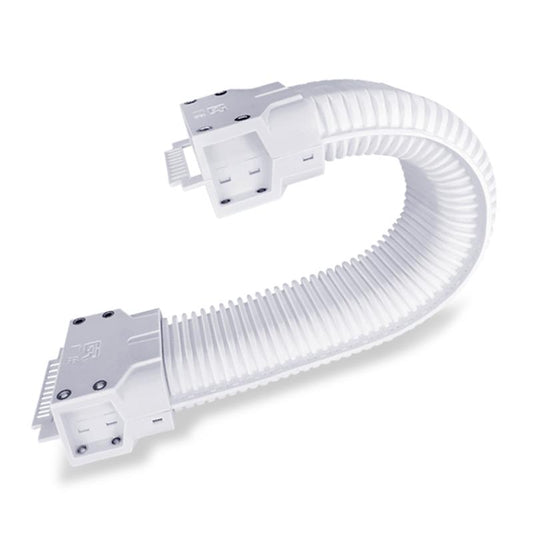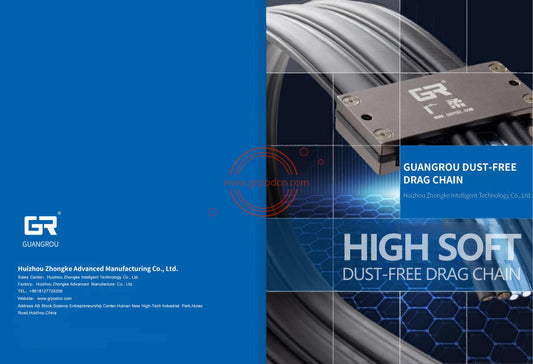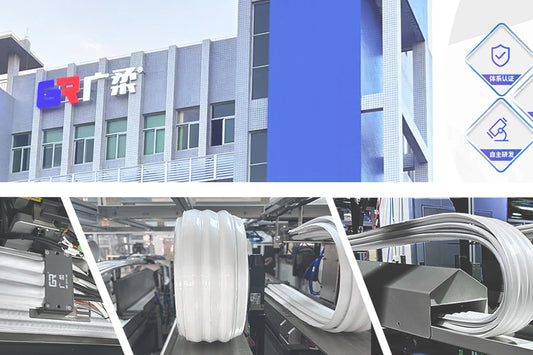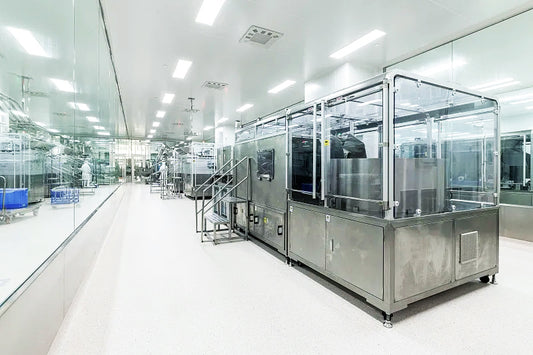A dust-free drag chain serves to keep cables and hoses neatly organized while minimizing wear and tear during movement. The inclusion of a rib structure introduces two primary benefits: providing additional support and limiting the height of deflection. These factors are essential for maintaining the integrity of the drag chain configuration.

When installing a drag chain on an XY axis with a travel distance exceeding 600mm, it is advisable to consider the addition of a rib structure. This requirement arises from the need to enhance stability and reduce the risk of sagging that could lead to operational failures. The rib structure acts to reinforce the drag chain, ensuring that it remains aligned and functional during extended movement.

Additionally, in cases involving a Z-axis installation or unconventional orientations such as side or inverted setups, a travel distance of approximately 300mm may also benefit from the inclusion of a rib structure. This reinforces stability in less traditional configurations, assisting in maintaining the proper positioning of cables and hoses.

Ultimately, the decision to incorporate a rib structure should be made based on on-site conditions and specific operational requirements. By carefully assessing these factors, engineers can ensure that drag chains remain efficient and reliable, supporting optimal performance in automated systems.









